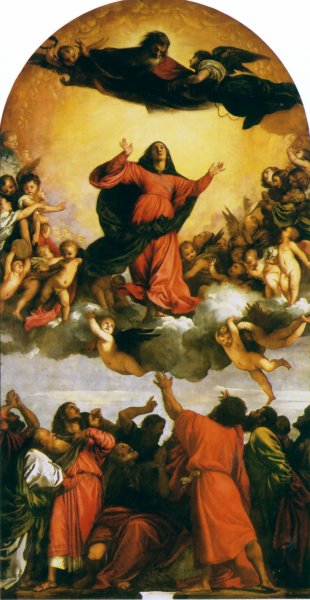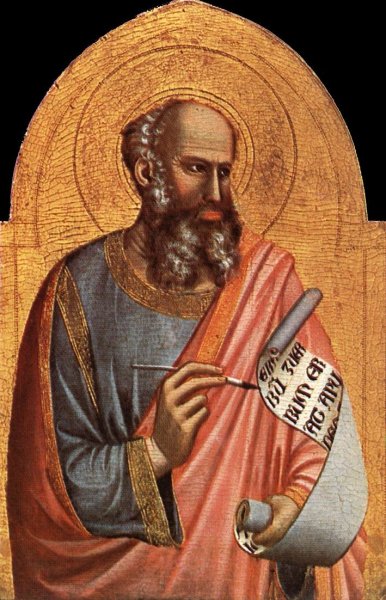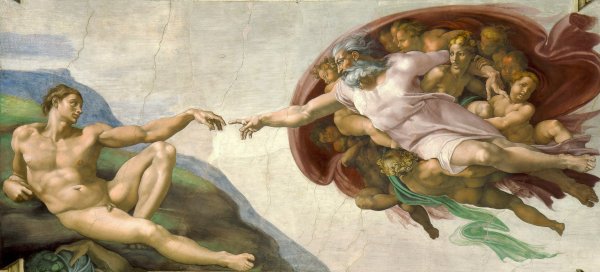Renaissance-The cultural advance

The Renaissance has a long and complex historiography, and there has been much debate among historians as to the usefulness of Renaissance as a term and as a historical delineation. Some have called into question whether the Renaissance was a cultural "advance" from the Middle Ages, instead seeing it as a period of pessimism and nostalgia for the classical age, while others have instead focused on the continuity between the two eras. Indeed, some have called for an end to the use of the term, which they see as a product of presentism - the use of history to validate and glorify modern ideals. The word Renaissance has also been used to describe other historical and cultural movements, such as the Carolingian Renaissance and the Renaissance of the 12th century.
Overview

The Renaissance was a cultural movement that profoundly affected European intellectual life in the early modern period. Beginning in Italy, and spreading to the rest of Europe by the 16th century, its influence affected literature, philosophy, art, politics, science, religion, and other aspects of intellectual inquiry. Renaissance scholars employed the humanist method in study, and searched for realism and human emotion in art.
Renaissance thinkers sought out in Europe's monastic libraries and the crumbling Byzantine Empire the literary, historical, and oratorical texts of antiquitiy, typically written in Latin or ancient Greek many of which had fallen into obscurity. It is in their new focus on literary and historical texts that Renaissance scholars differed so markedly from the medieval scholars of the Renaissance of the 12th century, who had focused on studying Greek and Arabic works of natural sciences, philosophy and mathematics, rather than on such cultural texts. Renaissance humanists did not reject Christianity; quite the contrary, many of the Renaissance's greatest works were devoted to it, and the Church patronized many works of Renaissance art. However, a subtle shift took place in the way that intellectuals approached religion that was reflected in many other areas of cultural life.
In addition, many Greek Christian works, including the Greek New Testament, were brought back from Byzantium to Western Europe and engaged Western scholars for the first time since late antiquity. This new engagement with Greek Christian works, and particularly the return to the original Greek of the New Testament promoted by humanists Lorenzo Valla and Erasmus, would help pave the way for the Reformation.
Artists such as Masaccio strove to portray the human form realistically, developing techniques to render perspective and light more naturally. Political philosophers, most famously Niccolo Machiavelli, sought to describe political life as it really was, that is to understand it rationally. A critical contribution to Italian Renaissance humanism Pico della Mirandola wrote the famous text "De hominis dignitate" (Oration on the Dignity of Man, 1486), which consists of a series of theses on philosophy, natural thought, faith and magic defended against any opponent on the grounds of reason. In addition to studying classical Latin and Greek, Renaissance authors also began increasingly to use vernacular languages; combined with the invention of printing, this would allow many more people access to books, especially the Bible.
In all, the Renaissance could be viewed as an attempt by intellectuals to study and improve the secular and worldly, both through the revival of ideas from antiquity, and through novel approaches to thought. Some scholars, such as Rodney Stark, play down the Renaissance in favor of the earlier innovations of the Italian city states in the High Middle Ages, which married responsive government, Christianity and the birth of capitalism. This analysis argues that, whereas the great European states (France and Spain) were absolutist monarchies, and others were under direct Church control, the independent city republics of Italy took over the principles of capitalism invented on monastic estates and set off a vast unprecedented commercial revolution which preceded and financed the Renaissance.
Origins

Most historians agree that the ideas that characterized the Renaissance had their origin in late 13th century Florence, in particular with the writings of Dante Alighieri (1265-1321) and Francesco Petrarca (1304-1374), as well as the painting of Giotto di Bondone (1267-1337). Some writers date the Renaissance quite precisely; one proposed starting point is 1401, when the rival geniuses Lorenzo Ghiberti and Filippo Brunelleschi competed for the contract to build the bronze doors for the Baptistery of the Florence Cathedral (Ghiberti won). Others see more general competition between artists and polymaths such as Brunelleschi, Ghiberti, Donatello, and Masaccio for artistic commissions as sparking the creativity of the Renaissance. Yet it remains much debated why the Renaissance began in Italy, and why it began when it did. Accordingly, several theories have been put forward to explain its origins.
Art
One of the distinguishing features of Renaissance art was its development of highly realistic linear perspective. Giotto di Bondone (1267-1337) is credited with first treating a painting as a window into space, but it was not until the demonstrations of architect Filippo Brunelleschi (1377-1446) and the subsequent writings of Leon Battista Alberti (1404-1472) that perspective was formalized as an artistic technique. The development of perspective was part of a wider trend towards realism in the arts. To that end, painters also developed other techniques, studying light, shadow, and, famously in the case of Leonardo da Vinci, human anatomy. Underlying these changes in artistic method, was a renewed desire to depict the beauty of nature, and to unravel the axioms of aesthetics, with the works of Leonardo, Michelangelo and Raphael representing artistic pinnacles that were to be much imitated by other artists. Other notable artists include Sandro Botticelli, working for the Medici in Florence, Donatello another Florentine and Titian in Venice, among others.
Concurrently, in the Netherlands, a particularly vibrant artistic culture developed, the work of Hugo van der Goes and Jan van Eyck having particular influence on the development of painting in Italy, both technically with the introduction of oil paint and canvas, and stylistically in terms of naturalism in representation. (For more, see Renaissance in the Netherlands). Later, the work of Pieter Brueghel the Elder would inspire artists to depict themes of everyday life.
Improved Classical Forms

In architecture, Filippo Brunelleschi was foremost in studying the remains of ancient classical buildings, and with rediscovered knowledge from the 1st-century writer Vitruvius and the flourishing discipline of mathematics, formulated the Renaissance style which emulated and improved on classical forms. Brunelleschi's major feat of engineering was the building of the dome of Florence Cathedral. The first building to demonstrate this is claimed to be the church of St. Andrew built by Alberti in Mantua. The outstanding architectural work of the High Renaissance was the rebuilding of St. Peter's Basilica, combining the skills of Bramante, Michelangelo, Raphael, Sangallo and Maderno.
The Roman orders types of columns are used: Tuscan, Doric, Ionic, Corinthian and Composite. These can either be structural, supporting an arcade or architrave, or purely decorative, set against a wall in the form of pilasters. During the Renaissance, architects aimed to use columns, pilasters, and entablatures as an integrated system. One of the first buildings to use pilasters as an integrated system was in the Old Sacristy (1421-1440) by Filippo Brunelleschi.
Arches, semi-circular or (in the Mannerist style) segmental, are often used in arcades, supported on piers or columns with capitals. There may be a section of entablature between the capital and the springing of the arch. Alberti was one of the first to use the arch on a monumental. Renaissance vaults do not have ribs. They are semi-circular or segmental and on a square plan, unlike the Gothic vault which is frequently rectangular. (From Wikipedia)




